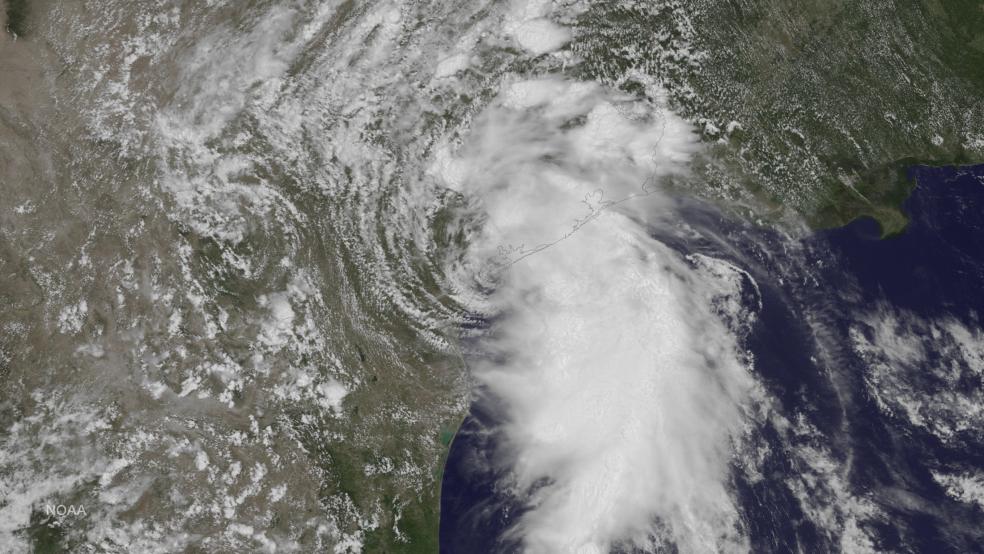Without the right policies to keep the poor safe from extreme weather and rising seas, climate change could drive over 100 million more people into poverty by 2030, the World Bank said on Sunday.
In a report, the bank said ending poverty - one of 17 new U.N. goals adopted in September - would be impossible if global warming and its effects on the poor were not accounted for in development efforts.
Related: The High Cost of Climate Change: Wildfires Burn Through the Forest Service Budget
But more ambitious plans to reduce climate-changing emissions - aimed at keeping the global temperature rise within an internationally agreed limit of 2 degrees Celsius - must also cushion poor people from any negative repercussions, it added.
"Climate change hits the poorest the hardest, and our challenge now is to protect tens of millions of people from falling into extreme poverty because of a changing climate," World Bank Group President Jim Yong Kim said in a statement.
The bank's estimate of 100 million more poor by 2030 is on top of 900 million expected to be living in extreme poverty if development progresses slowly. In 2015, the bank puts the number of poor at 702 million people.
Low-income households in sub-Saharan Africa and South Asia are particularly at risk of having their hard-won gains wiped out by climate-linked disasters, forcing them back into extreme poverty, the report said.
Related: Despite Reams of Evidence, Global Warming Ranks Low on Americans’ Worry List
Here are some facts and figures on the effects of climate change:
- More than 100 million extra people could be pushed into poverty by 2030 due to climate change impacts, with sub-Saharan Africa and South Asia the hardest hit.
- The biggest impact of climate change on poverty comes through agriculture. Climate change threatens global crop-yield losses as large as 5 percent in 2030 and 30 percent in 2080, models show.
- The next strongest drivers of climate-linked poverty are health effects such as higher incidences of malaria, diarrhea and stunting, and lower labor productivity due to extreme heat.
- The number of people exposed to droughts could increase 9-17 percent by 2030 and 50-90 percent by 2080.
- Global warming of 2 to 3 degrees Celsius could increase the number of people at risk of malaria by up to 5 percent, or more than 150 million people.
- Climate impacts could hike the burden of diarrhea by up to 10 percent by 2030 in some regions.
- Poor people lose more to disasters, as they are often more vulnerable. When Hurricane Mitch hit Honduras in 1998, poor people lost three times more than others, and when heavy rains flooded Mumbai in 2005, poor households lost twice as much.
- Poor people get less social support. Only a third of sub-Saharan Africans have access to financial services, while less than 10 percent of the poor in low-income countries are covered by social safety nets.
- People in poor nations have little access to health insurance and pay more than half their health costs out of pocket.
- Climate change could add 12 percent to 2030 food prices in Africa, where food consumption of the poorest households amounts to over 60 percent of their total spending.




